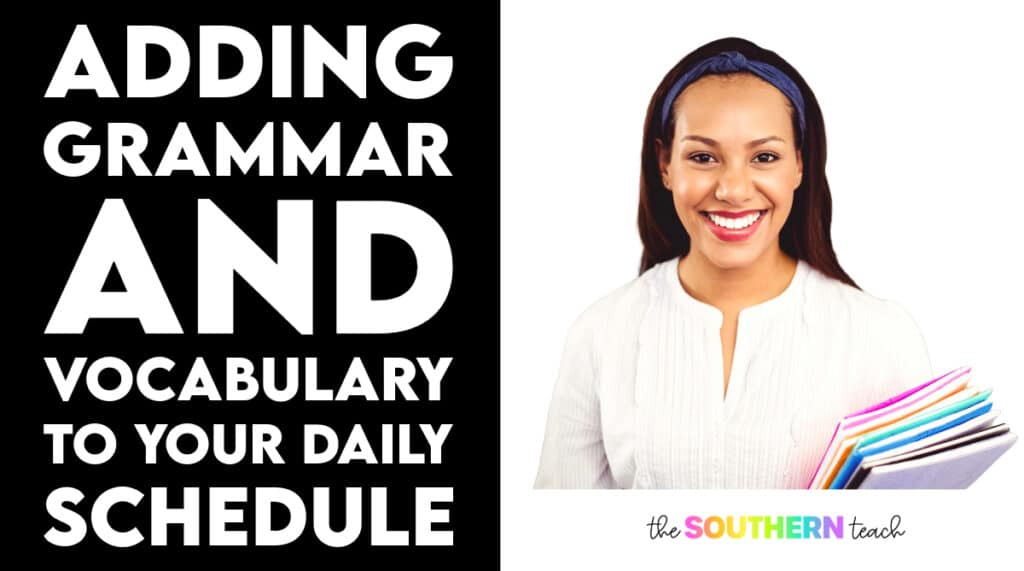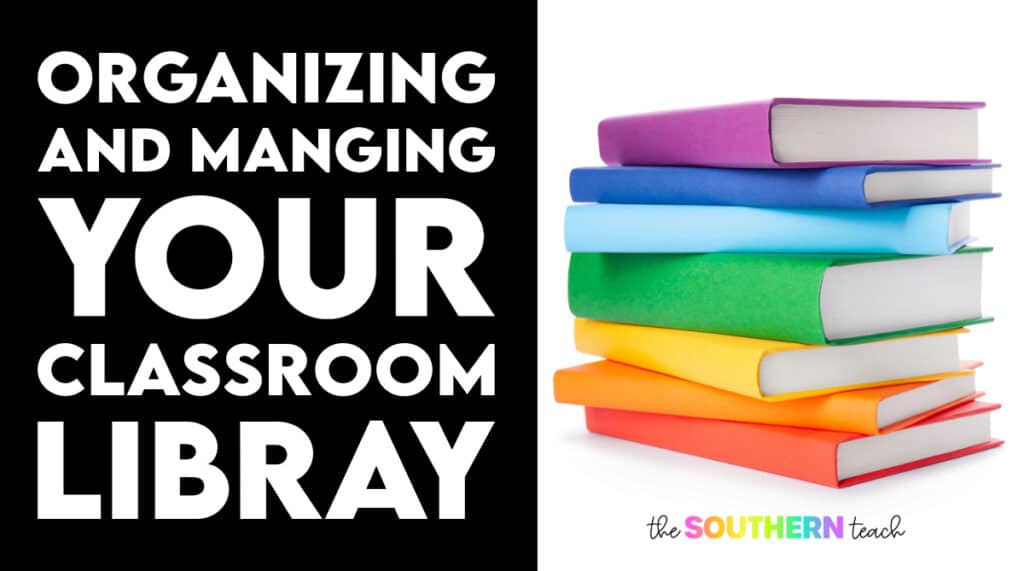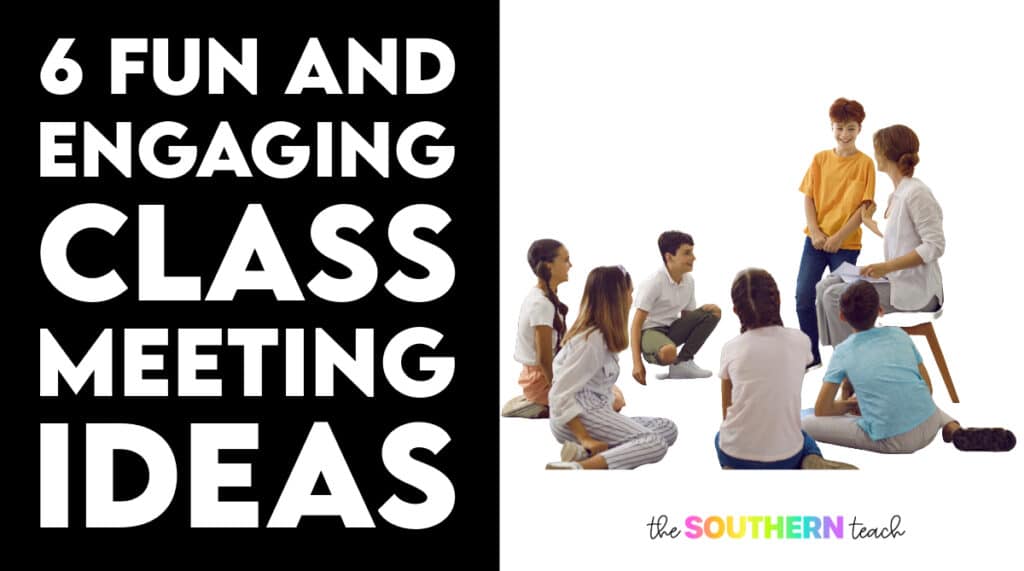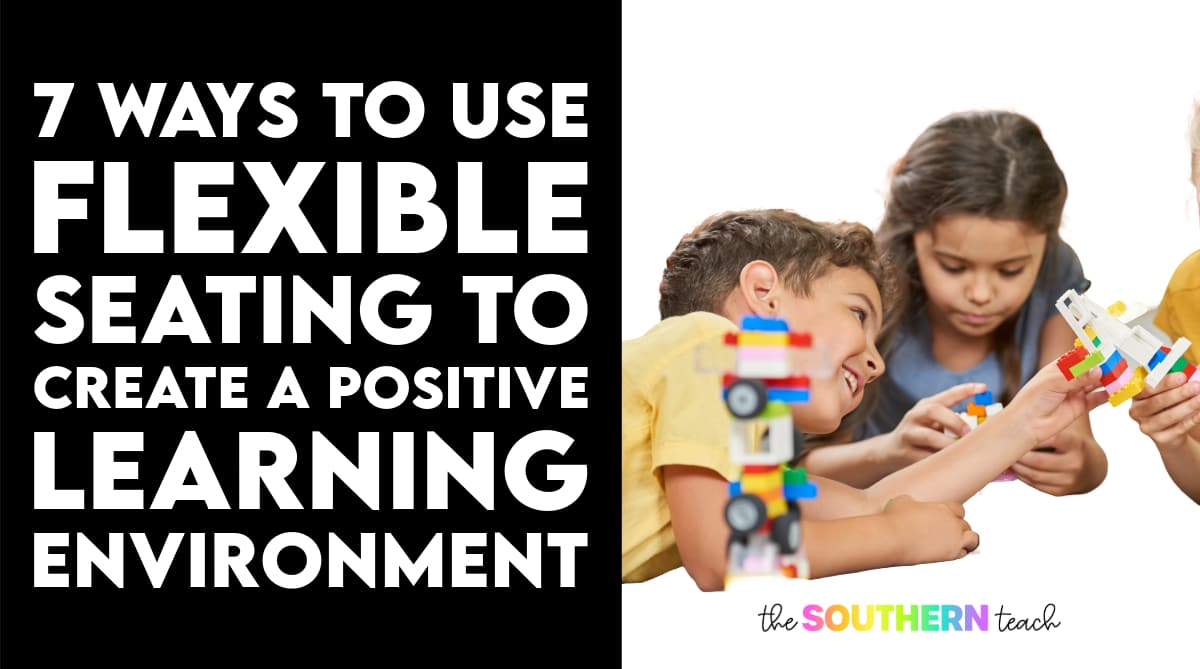
7 Ways to Use Flexible Seating to Create a Positive Learning Environment
By Kirsten Hammond
Share This Post:
This post was originally published on November 20, 2022 and updated on July 27, 2023.
Flexible seating is a buzzword that gets thrown around a lot, but what does it really mean?
What is flexible seating and what are the benefits?
Flexible seating is a relatively new trend in the classroom that allows students to choose with whom and where they work in the classroom.
Instead of traditional desk and chair setups where students are in the same place all day, flexible seating allows for a variety of seating options such as library nooks, bean bags, and floor cushions.
This approach has been shown to increase student engagement and focus, as well as improve posture and physical health.
Additionally, it allows students to choose an environment that best suits their learning style and needs, promoting a sense of autonomy and responsibility.
Flexible seating also encourages collaboration and communication among students, as they can easily move around and work with different classmates. Overall, flexible seating provides a dynamic and comfortable learning environment that benefits both students and teachers.
Flexible seating doesn’t have to be impossible though! Here are 7 strategies I’ve discovered works quite well in creating a learning environment that supports all students.

1. Allow Reading Pairs or Reading Groups
This one is perfect for our little social learners. Adults enjoy learning and working alongside friends and colleagues, and children do too!
Building in reading pairs or reading groups provides students with the opportunity to scratch their social itch while enjoying their books at the same time. Win-win!
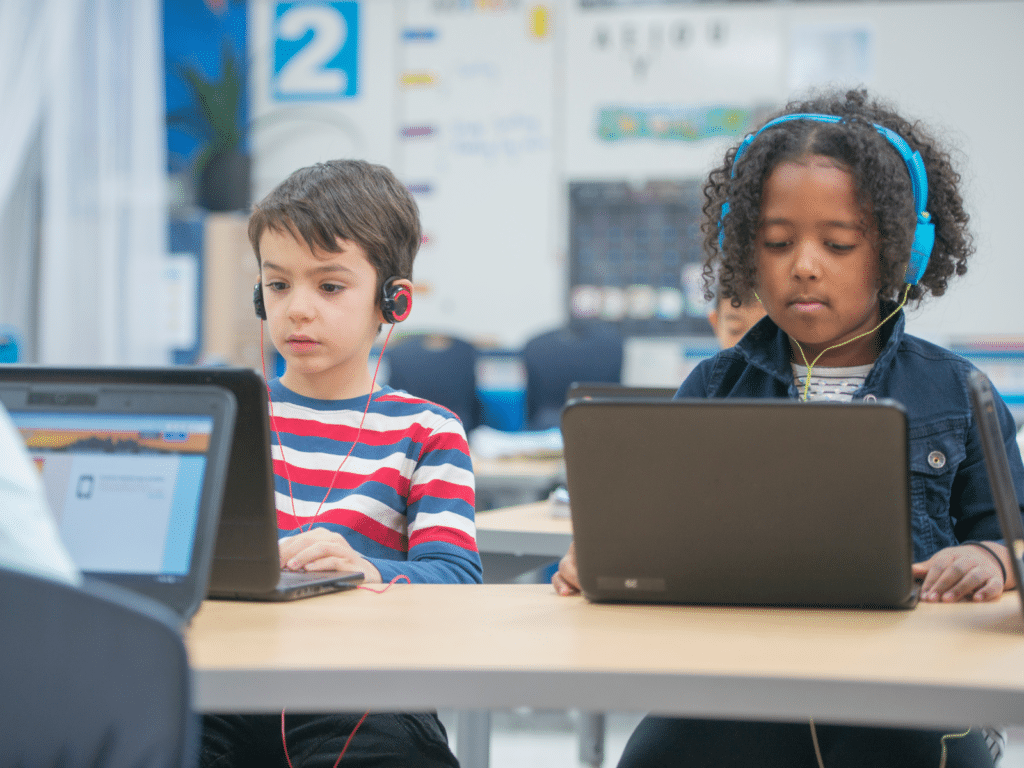
2. Allow Students to Work Independently
If we’re going to build in the structure for reading pairs and groups for our social learners, we absolutely must include a system that will allow students to work independently.
Not everyone is a social learner, kids included. The ones who need their own space to think and process, the ones who need quiet to focus – our more introverted learners. They will appreciate having the choice to work independently!

3. Let Students Work Around the Room
Have you ever needed a change in your work environment in order to refocus? Students do too! This is why I’ve always set up flexible seating with different workspaces around my classroom so that students don’t have to always be stuck at their desks.
Upper elementary kids love to sprawl on the floor, sit on beanbags, stand at the counter, or lounge around by the window. As long as their workspace keeps them focused and productive, I say let the magic happen!
4. Let Students Work Under their Desks
I know, I know. Imagine a parent walking into your classroom and seeing their child curled up under their desk. Who’s this crazy lady on the internet telling you it’s okay??
But truly, it IS okay. They’re safe, they’re supervised, they’re getting their work done, so why not?
Letting students work under their desks helps them get their sillies out, and it gives them the feeling that they’re working in a fort! And what kid doesn’t like a fort? Trust me, for the right kid, this one works like a charm.

5. Have Quiet Spaces Around the Room
Sometimes being given the opportunity to work independently isn’t quite enough for our introverts. Some students really need help blocking out noise.
You can do this by creating quiet spaces around the room, like in corners away from student desks. Bookshelves are a great physical barrier that can absorb a bit of the noise. Use them to create little nooks for kids to curl up in, away from prying eyes and loud voices. A safe haven within a safe classroom!
And if THAT’S not far enough from the noise…

6. Let Students Work in the Hallway
For the kids who need even MORE space away from the high energy classroom, working in the hallway is a great choice. This also works well for students who could use some more room to stretch their legs.
Remember though that you know your students best. Permit this when kids are able to use their time wisely, and always check in on them regularly to make sure they have everything they need to complete their tasks.
Not only does that communicate the feeling of “I got you!” but it also serves as a reminder that you’re still around and supervising them 🙂
7. Have Quiet Music Playing in the Background
Final tip – and you’ll love this one! Playing quiet music in the room somehow magically works to set the expectation that student volume should always be quieter than the music. It’s hilariously effective!
Quiet music also creates a wonderfully soothing ambiance, and pushes all the right productivity buttons for our young learners. It stimulates the creativity in our brains, and even relaxes anxious nerves.
So turn on that Lo-Fi hip hop, and enjoy!
To dive even deeper into student choice, check out my free differentiation training!
kirsten hammond
Kirsten is a former 3rd and 5th grade teacher who loves helping upper elementary teachers by creating resources and sharing ideas that are engaging, research-based, and TEKS-aligned. She is a work-from-home mama of 3 rambunctious little ones and loves running, true crime, and lots of coffee.








